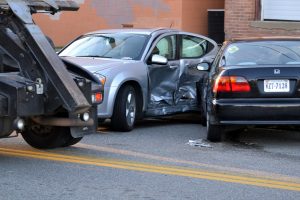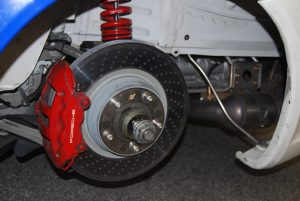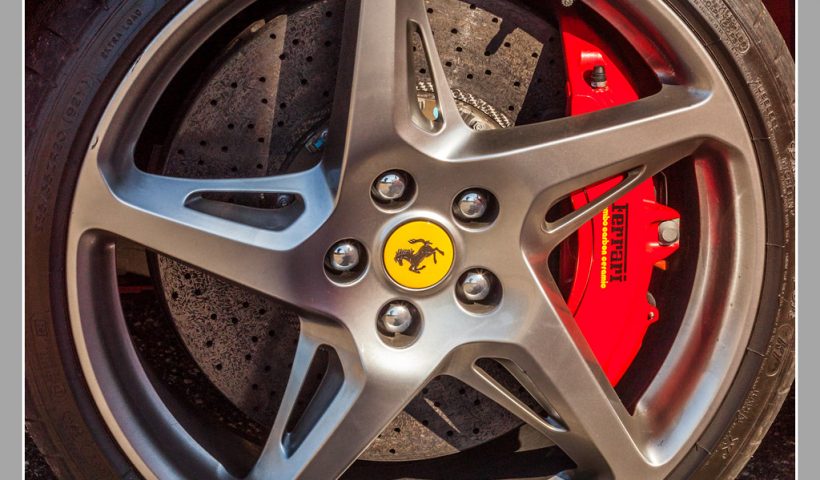Servicing the brakes of your car is one of those things that should be done routinely and never be ignored even once. Brakes are among the most crucial safety mechanism on a car and should thus be always in good working condition. Besides routine maintenance, investing in quality brakes can be a good way to enhance your safety on the roads. Waiting until the brakes fail is not only a recipe for disaster but will also cost you more to repair. Various signs can alert you of brake problems. Some of the signals to look out for are highlighted below.
Soft Brake Pedal
 When the brake pedal feels soft or spongy, the chances are that there is a problem with the hydraulic system. Examples of the issues that can cause the brake pedal to become soft include failing wheel cylinders or calipers, air getting into the lines, or flex line being weak. Make sure your brake pedal always feels firm and solid when you step on it. Also, remember always to apply the brakes gradually to avoid damaging them.
When the brake pedal feels soft or spongy, the chances are that there is a problem with the hydraulic system. Examples of the issues that can cause the brake pedal to become soft include failing wheel cylinders or calipers, air getting into the lines, or flex line being weak. Make sure your brake pedal always feels firm and solid when you step on it. Also, remember always to apply the brakes gradually to avoid damaging them.
Hard Brake Pedal
Opposite to the soft pedal, your car brakes have a problem if the pedal is too hard to push. The most common cause of this problem is a failure in the power assist mechanism. The power assist mechanism can be either the hydraulic or the vacuum type. The power assist mechanisms are meant to ensure the driver does not have to use a lot of effort to apply the brakes, which is why more effort is needed when the mechanism fails.
Grinding Noises
 You should know that your brakes have a problem if you hear noises whenever you hit the brakes. The problem is more likely to be a mechanical one. For example, if you hear a grinding noise, it means the brake pads are worn out to expose the base metal, which is grinding with the drum. Braking performance is usually quite low, with high chances of the drums being destroyed.
You should know that your brakes have a problem if you hear noises whenever you hit the brakes. The problem is more likely to be a mechanical one. For example, if you hear a grinding noise, it means the brake pads are worn out to expose the base metal, which is grinding with the drum. Braking performance is usually quite low, with high chances of the drums being destroyed.
Pulling Sideways
If you notice the car pulling to either the left or right when you hit the brakes, it means that the brakes are not being applied equally on both sides. One of the sides probably has a braking problem. The solution could be only a simple adjustment, but in most cases, it usually indicates that the brakes are worn out more on one side. It is recommended that you always change all the brake pads at the same time to avoid such a problem.


